Olivo Barbieri brings together 10 years of aerial photography in ’Site Specific’
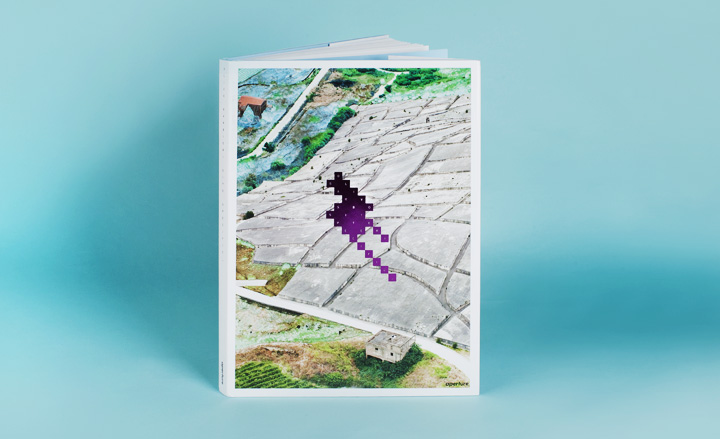
When it comes to capturing the distinct flavour of a city, no one does it quite like Olivo Barbieri. The Italian photographer has devoted much of his career documenting, from above, the rise and sprawl of cities from Las Vegas to Shanghai. In celebration of a decade's work, Barbieri has compiled these unique glimpses into the epic tome Site Specific, due to hit shelves next month.
The book's captivating dynamism is down to Barbieri's unique take on the tilt-shift technique. From his aerial vantage point, he takes recognisable city landmarks and reorients them in a magical light. The infrastructure and architecture are accentuated to such a degree, they take on an intense hyperreality, inducing newfound awe.
The anthropological value in Barbieri's work is undeniable, but Site Specific, published by Aperture, also charts his technical development over a decade. Five years into the project, in 2008, Barbieri began using postproduction techniques to boost colour saturation and pixel structure. The influences of Giorgio de Chirico and Man Ray - to which he credits his graphic, abstract style - are most visible in the later images. As a result, those photographs toward the end of the book, dating as recently as 2012, are particularly memorable.
We caught up with Barbieri to discuss his modus operandi and his next move...
Why have you chosen to veer towards this increased abstraction in your work?
I have always been very interested in abstraction. I started using tilt/shift in 1999 and gave myself ten years to dig into it. I quit using the technique for the Site Specific series in 2008. In the beginning I was interested in transforming bits of cities into a plastic model; it's a virtual process to bring into question their planning. Then I decided to go beyond - to start from the drawing, the planning.
What is it about urban landscapes that fascinates you?
I'm interested in understanding how much the senses, whether physical or technical, factor into our perception. The challenge is to build a story that perceptually discloses the portrayed location, then to relate it to other locations, in order to draw a bigger picture that describes the shape of the contemporary city.
What are a few of your favourite cities to photograph, and why?
The downtown of American cities is most interesting to me, so it was important to have a series in Houston, where there is the Rothko Chapel. The same for London. I was very interested in Battersea Power Station because of Pink Floyd's album 'Animals'.
The book comprises 10 years of work. What aspects took up most of your time?
Post production.
And what have you found to be most satisfying?
That in its 10-year lifespan the project has evolved from the depiction of the city into the possibilities in that depiction made available by technology.
Did you expect to work on the series this long?
Not really, but I have no rules. I worked on Artificial Illuminations [published in 1998] for 20 years.
At what point did you decide to stop working on Site Specific?
I don't know if it is finished. Ideally I'd like to add a few more cities: Beijing, Mecca...

A spread from the book, featuring 'site specific_MEXICO CITY 11'. Courtesy of Yancey Richardson Gallery, New York

A detail of ' site specific_LOS ANGELES 12'. Courtesy of Yancey Richardson Gallery, New York

'site specific_BRASILIA 09'. Courtesy of Yancey Richardson Gallery, New York

A spread from the book, featuring 'site specific_LONDON 12'. Courtesy of Yancey Richardson Gallery, New York
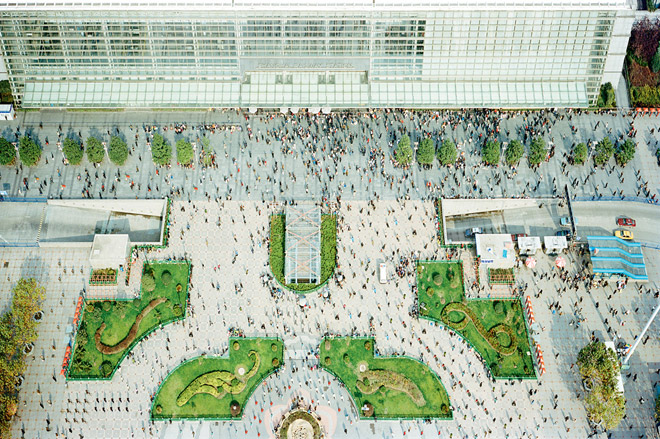
'site specific_SHANGHAI 04'. Courtesy of Yancey Richardson Gallery, New York

'site specific_SHANGHAI 04'. Courtesy of Yancey Richardson Gallery, New York
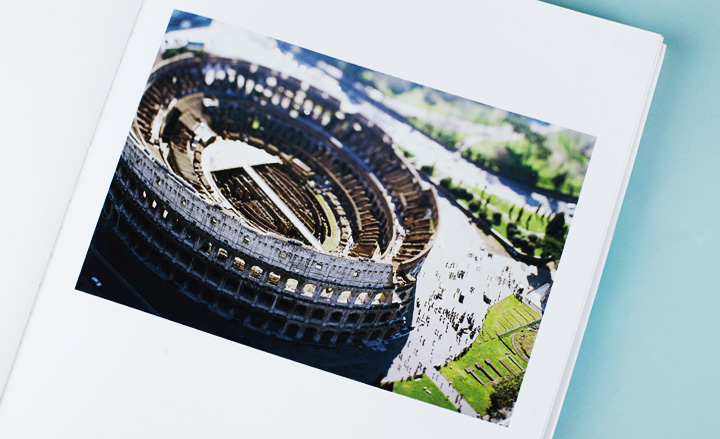
'site specific_ROMA 04', an earlier work in the series, demonstrates Barbieri's unique take on the tilt-shift technique. Courtesy of Yancey Richardson Gallery, New York

'site specific_BRASILIA 09'. Courtesy of Yancey Richardson Gallery, New York
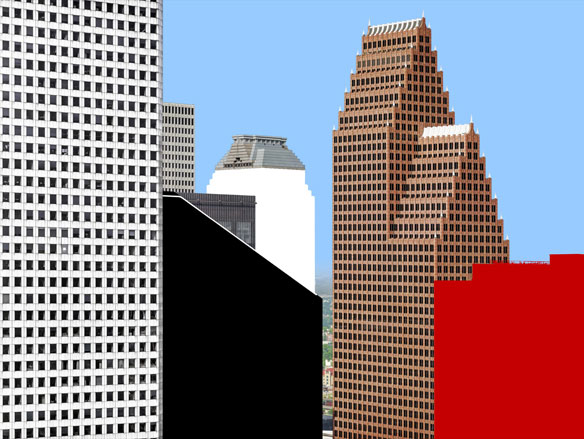
'site specific_HOUSTON 12'. Courtesy of Yancey Richardson Gallery, New York
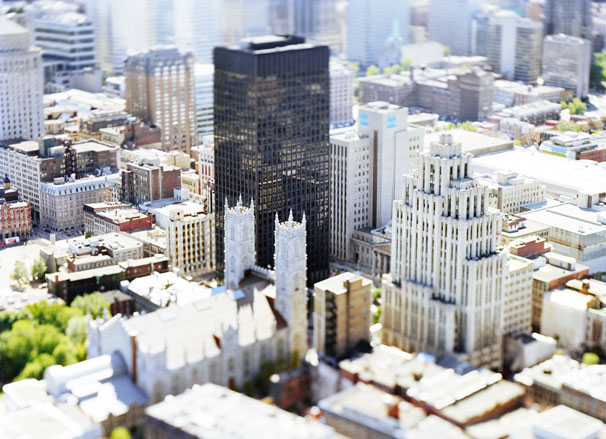
'site specific_MONTREAL 04'. Courtesy of Yancey Richardson Gallery, New York
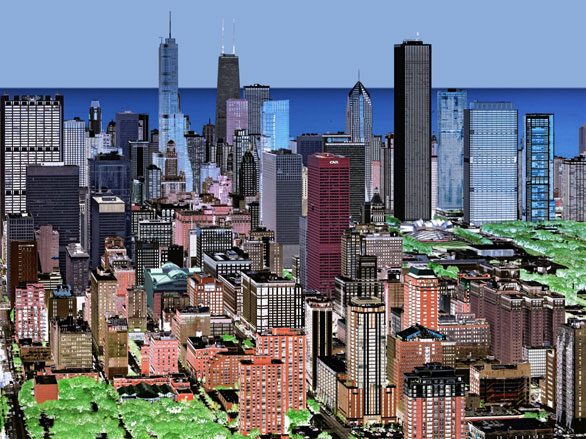
'site specific_CHICAGO 10'. Courtesy of Yancey Richardson Gallery, New York
Receive our daily digest of inspiration, escapism and design stories from around the world direct to your inbox.
Pei-Ru Keh is a former US Editor at Wallpaper*. Born and raised in Singapore, she has been a New Yorker since 2013. Pei-Ru held various titles at Wallpaper* between 2007 and 2023. She reports on design, tech, art, architecture, fashion, beauty and lifestyle happenings in the United States, both in print and digitally. Pei-Ru took a key role in championing diversity and representation within Wallpaper's content pillars, actively seeking out stories that reflect a wide range of perspectives. She lives in Brooklyn with her husband and two children, and is currently learning how to drive.
-
 A former agricultural building is transformed into a minimal rural home by Bindloss Dawes
A former agricultural building is transformed into a minimal rural home by Bindloss DawesZero-carbon design meets adaptive re-use in the Tractor Shed, a stripped-back house in a country village by Somerset architects Bindloss Dawes
-
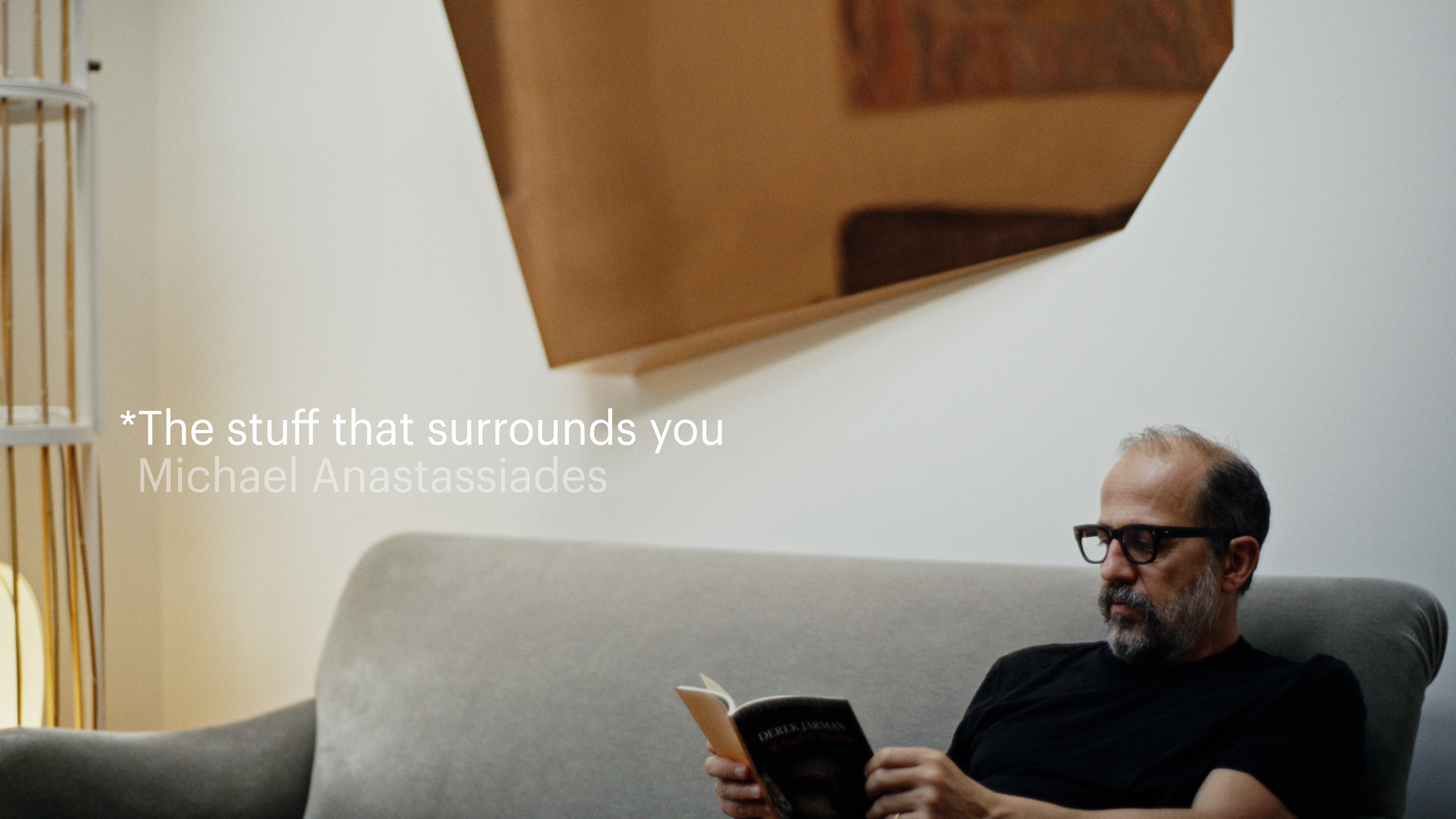 The Stuff That Surrounds You: Inside the home of designer Michael Anastassiades
The Stuff That Surrounds You: Inside the home of designer Michael AnastassiadesIn The Stuff That Surrounds You, Wallpaper* explores a life through objects. In this episode, we step inside one of the most considered homes we've ever seen, where Anastassiades test drives his own creations
-
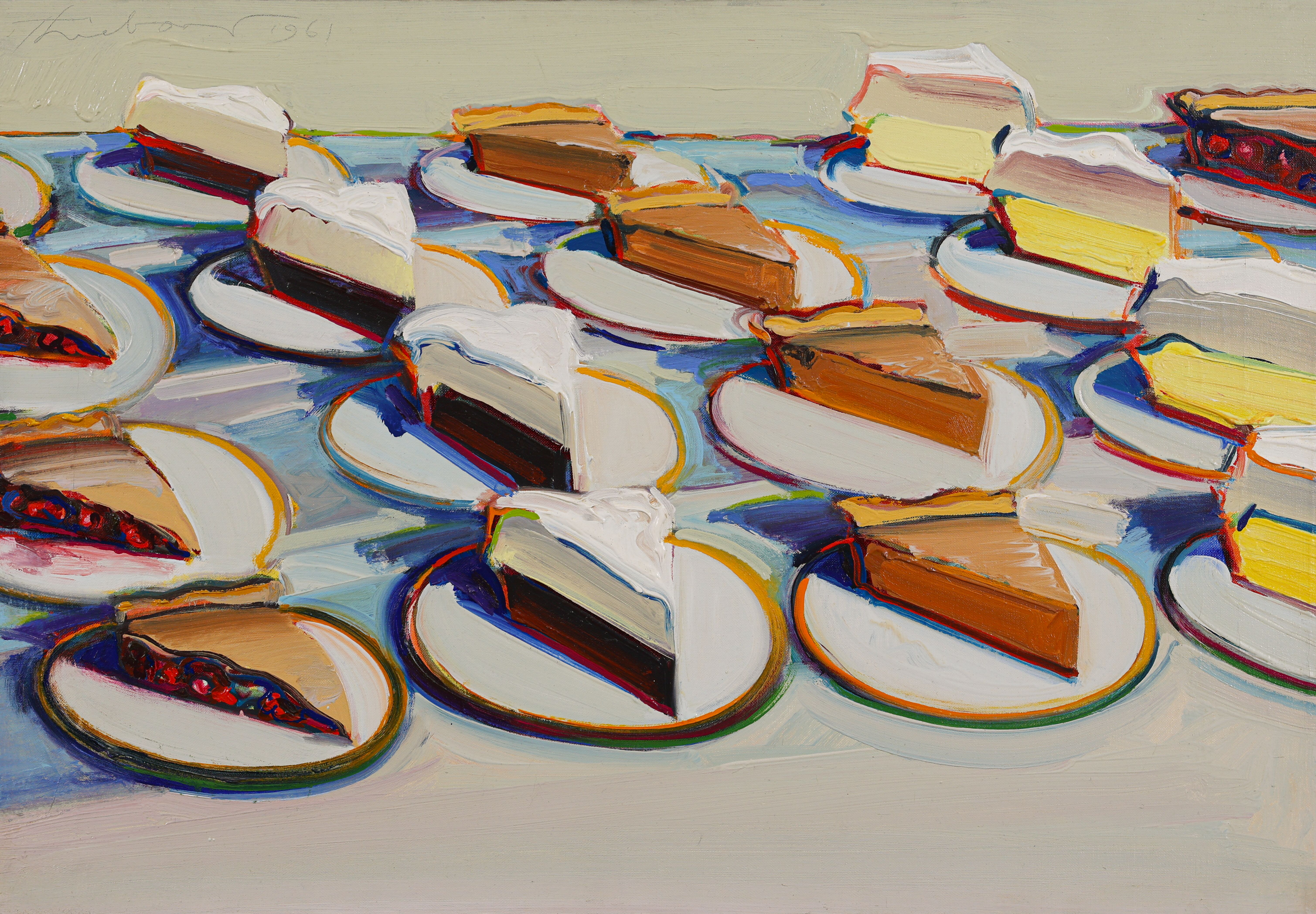 Why are Wayne Thiebaud’s paintings at the Courtauld so tempting?
Why are Wayne Thiebaud’s paintings at the Courtauld so tempting?The American artist’s thickly painted slices of cake at the Courtauld are some of our favourite artworks seen this year. What makes them so special?
-
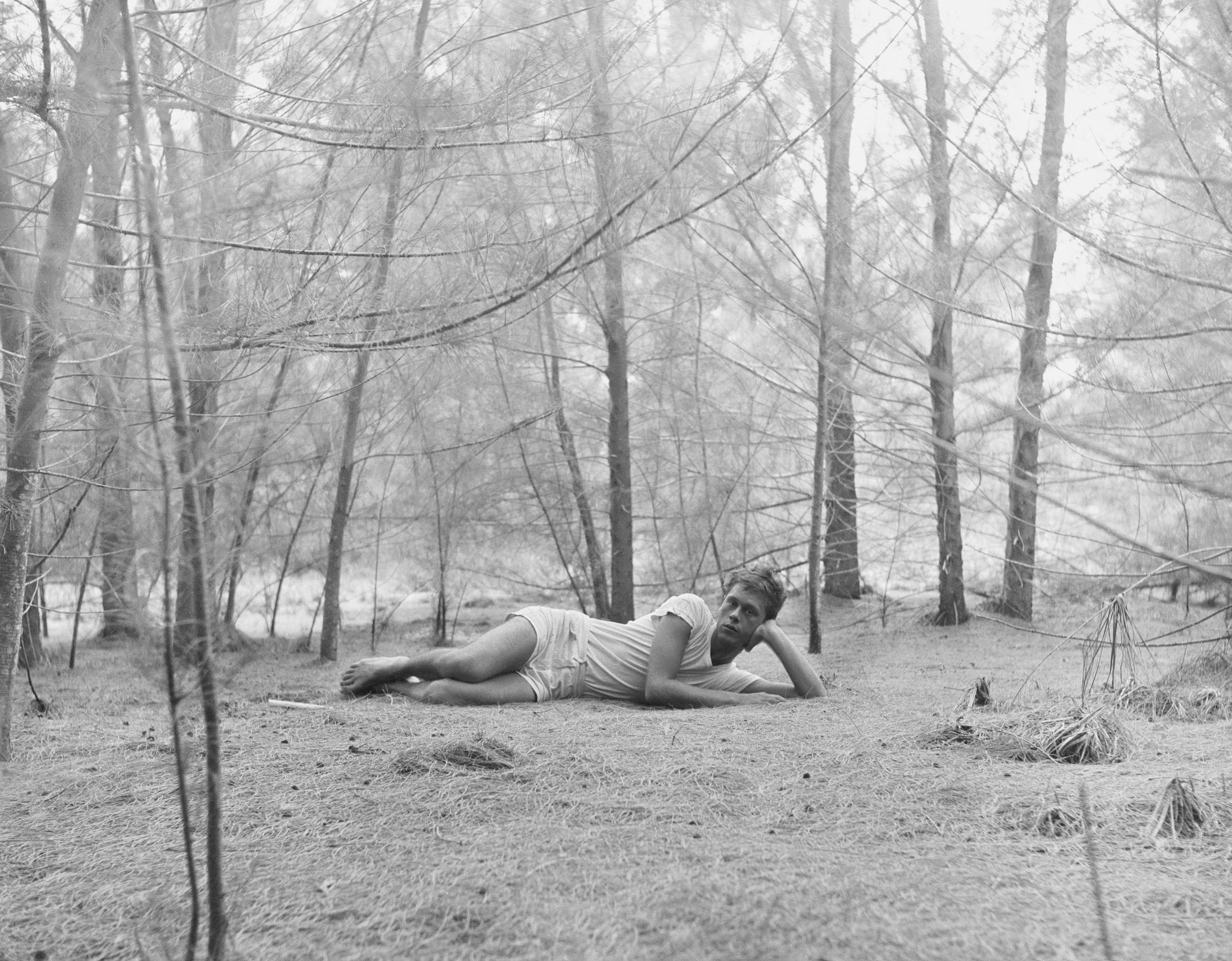 Inside the seductive and mischievous relationship between Paul Thek and Peter Hujar
Inside the seductive and mischievous relationship between Paul Thek and Peter HujarUntil now, little has been known about the deep friendship between artist Thek and photographer Hujar, something set to change with the release of their previously unpublished letters and photographs
-
 Nadia Lee Cohen distils a distant American memory into an unflinching new photo book
Nadia Lee Cohen distils a distant American memory into an unflinching new photo book‘Holy Ohio’ documents the British photographer and filmmaker’s personal journey as she reconnects with distant family and her earliest American memories
-
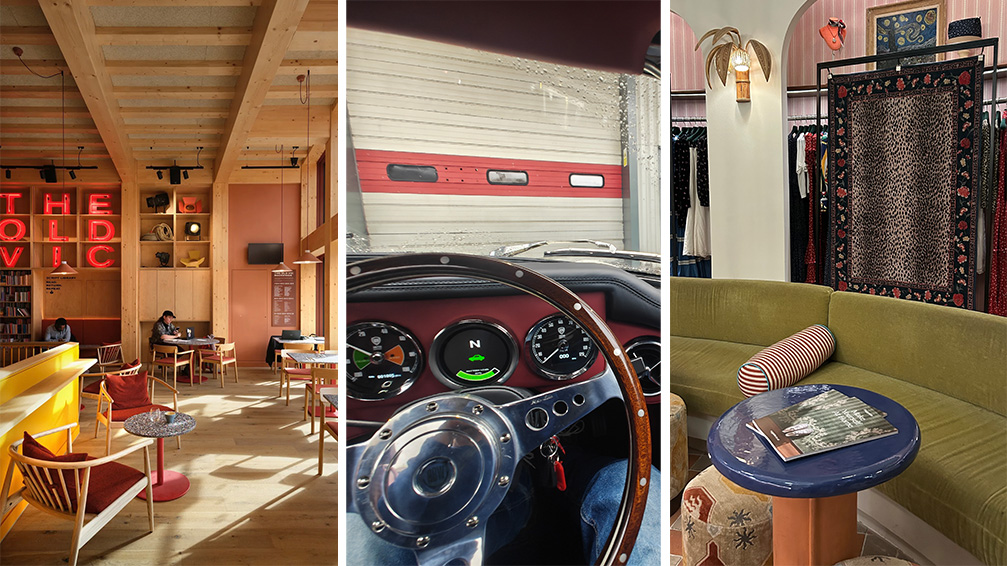 Out of office: The Wallpaper* editors’ picks of the week
Out of office: The Wallpaper* editors’ picks of the weekThe rain is falling, the nights are closing in, and it’s still a bit too early to get excited for Christmas, but this week, the Wallpaper* team brought warmth to the gloom with cosy interiors, good books, and a Hebridean dram
-
 Inside Davé, Polaroids from a little-known Paris hotspot where the A-list played
Inside Davé, Polaroids from a little-known Paris hotspot where the A-list playedChinese restaurant Davé drew in A-list celebrities for three decades. What happened behind closed doors? A new book of Polaroids looks back
-
 Inside the process of creating the one-of-a-kind book edition gifted to the Booker Prize shortlisted authors
Inside the process of creating the one-of-a-kind book edition gifted to the Booker Prize shortlisted authorsFor over 30 years each work on the Booker Prize shortlist are assigned an artisan bookbinder to produce a one-off edition for the author. We meet one of the artists behind this year’s creations
-
 Out of office: The Wallpaper* editors’ picks of the week
Out of office: The Wallpaper* editors’ picks of the weekThis week, the Wallpaper* editors curated a diverse mix of experiences, from meeting diamond entrepreneurs and exploring perfume exhibitions to indulging in the the spectacle of a Middle Eastern Christmas
-
 14 of the best new books for music buffs
14 of the best new books for music buffsFrom music-making tech to NME cover stars, portable turntables and the story behind industry legends – new books about the culture and craft of recorded sound
-
 Jamel Shabazz’s photographs are a love letter to Prospect Park
Jamel Shabazz’s photographs are a love letter to Prospect ParkIn a new book, ‘Prospect Park: Photographs of a Brooklyn Oasis, 1980 to 2025’, Jamel Shabazz discovers a warmer side of human nature